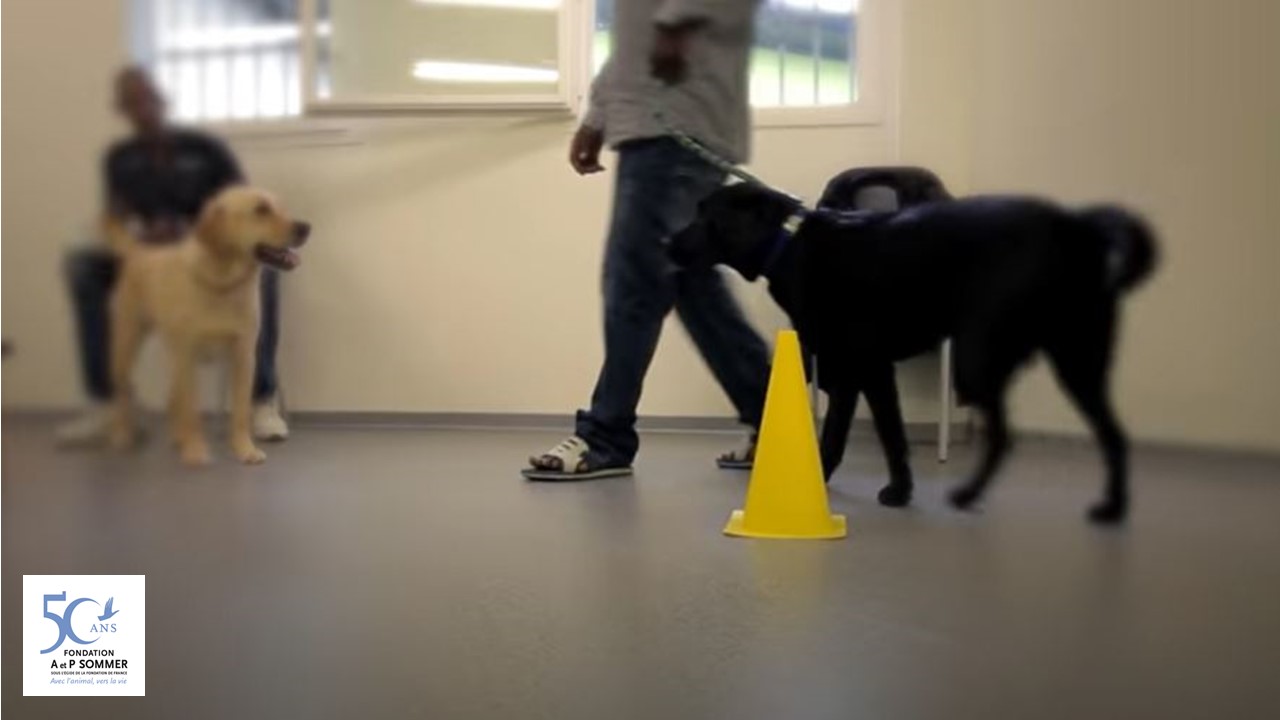Dogs trigger attention during Animal Assisted Intervention in prison: a preliminary study
Main Article Content
Abstract
Animal-assisted interventions (AAI) seem to offer promising possibilities to prevent daily conditions of inmates (overcrowding or social isolation); however, nothing is known either about the potential processes involved or impact AAI on the development of interactions between inmates. We hypothesized that either dogs would be a source and the centre of attention, thereby that dog may induce more dog-inmate interactions, or dogs would be social catalyst, i.e. facilitator of social interactions between humans. For that, we analysed first one-hour AAI sessions involving 10 adult male inmates, 7 service dogs and one dog handler. An observer recorded, using ethological methods, spatial distances between dogs and inmates and between humans, direction of inmates’ gazes and their vocal behaviour. Hypothesis that dogs could be social catalyst was not supported: each inmate interacted mainly with his own dog. Own dog was the almost only exclusive partner with whom they communicated: target of their visual gazes, vocal production and physical contact. Based on literature and this preliminary research, we suggested that the animal/human ratio could be a crucial factor influencing the quality and quantity of AAI interactions.
Downloads
Article Details
Authors will be the copyright proprietor of their own work although they have accepted to use a creative common license, specifically CC-Attribution-NonComercial-ShareAlike_4.0

